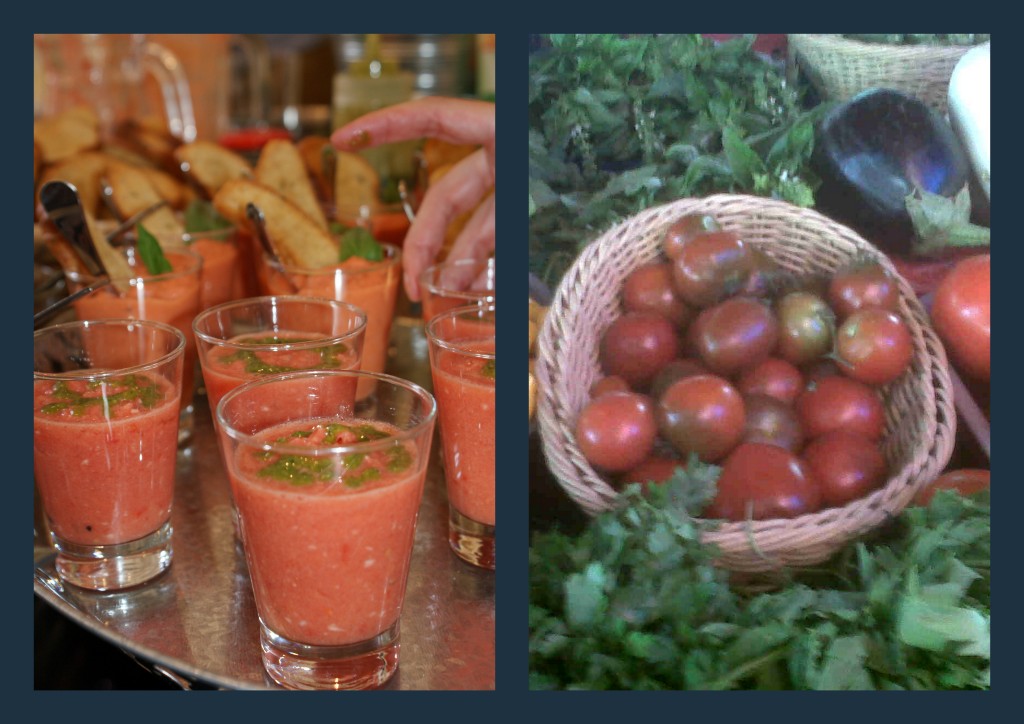If ever there was a case to prove the alchemic effects of salt it is this.

The salt transforms the bitter white pith into something palatable, renders the skin translucent and keeps the lemons from rotting – magic indeed.Because the salt renders the lemons less bitter the resulting skin, once rinsed, can also be used in sweets.
I first “discovered” preserved lemons by way of Alastair Little in his inspirational “Food of the Sun” and indeed it is his method I always follow although I have adapted slightly for a smaller jar. Since then I have lived in Turkey and travelled in Morocco where I could taste and see at first hand all the different ways of using these precious orbs. I was particularly taken with the “mini” preserved lemons that I bought in Morocco which I used halved in tagines and to stuff mackerel (the lemon works great with oily fish).
Uses
I chop them very fine and add to couscous, salads and soupe. I use them in dips and pestos where I want a lot of lemon flavour and no bitterness-in particular in a roast red pepper and confit lemon dip. They are a vital ingredient in tagines and they add an intensity to roast chicken. Best of all when you have run short of lemons you know you always have some in the store cupboard. Generally most recipes call for using the rind only (you just pull out the flesh easily) but as long as there are no pips and depending on the recipe I often use them flesh and all.
Ingredients – for 1 x 500ml kilner jar
- Fine salt to cover and surround all the lemon pieces – approx 200g (I find it encourages less air pockets)
- 3 lemons well scrubbed and cut into quarters. If you have time to pick out pips then its worth it.
Cover the base of the jar with approx 1cm of salt. Place your lemons in trying to arrange them all to really fill the jar but allowing space between them for salt. Old fashioned earthenware crocks are ideal because the salt does corrode the metal clips on a kilner jar and I have quite a few distressed looking jars to prove this. Keep alternating with salt and lemons until you have squished in as much as you can. You do not want any air pockets as air = mould.
Put the lid on the jar and give a good shake. Leave to settle for an hour or so and them top up with salt. If you are a bit unsure add a little water to make sure absolutely no air.
For the next week give the jars a shake and turn them this way and that. The salt will suck the juice from the lemons and a briny lemony liquid will be created. Once the salt is all liquid they then need to sit for a few days. They are ready when the skin is translucent – generally 7-10 days but depends on the salt, the lemon variety and how big the lemons were. A month is ideal really.






